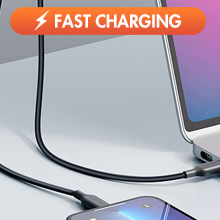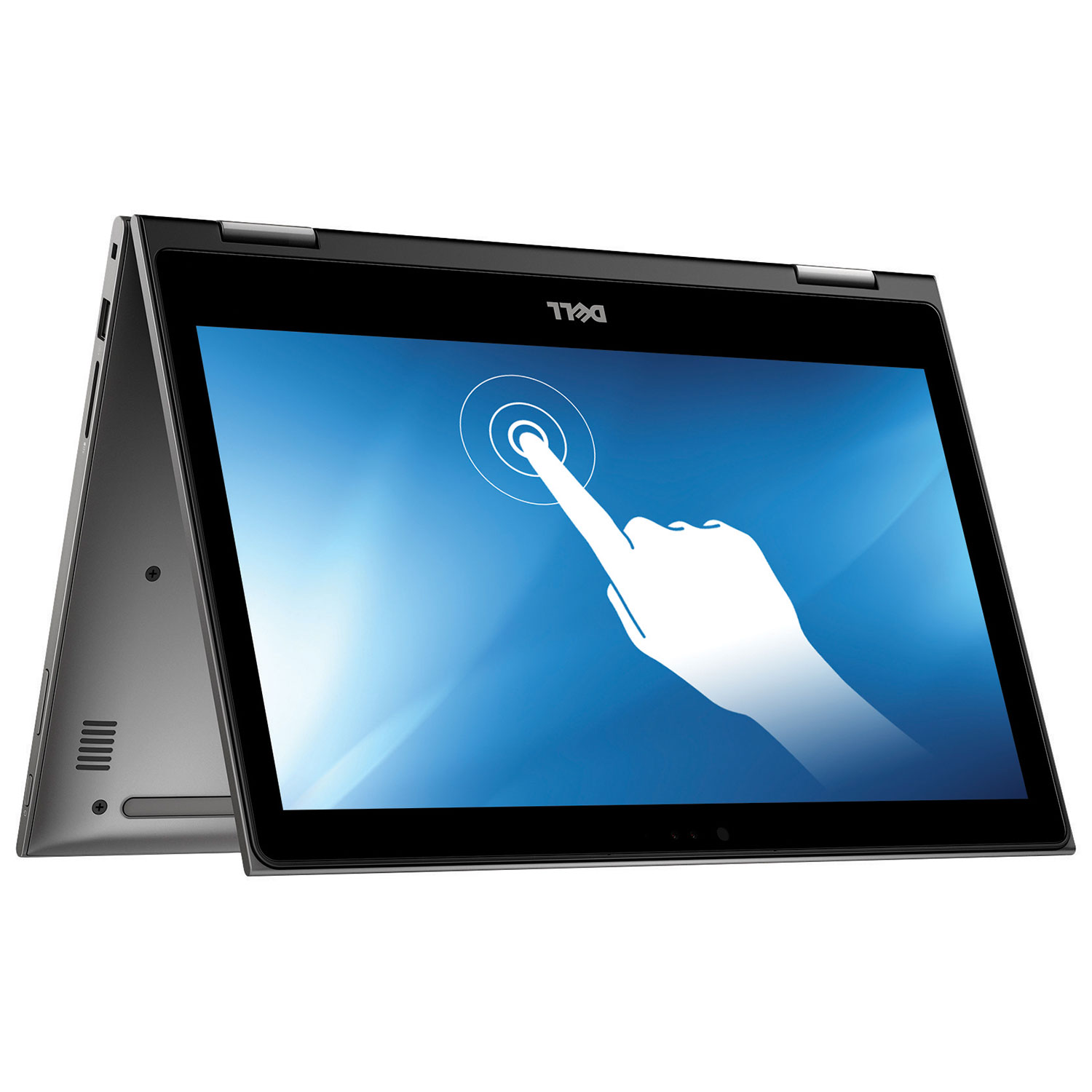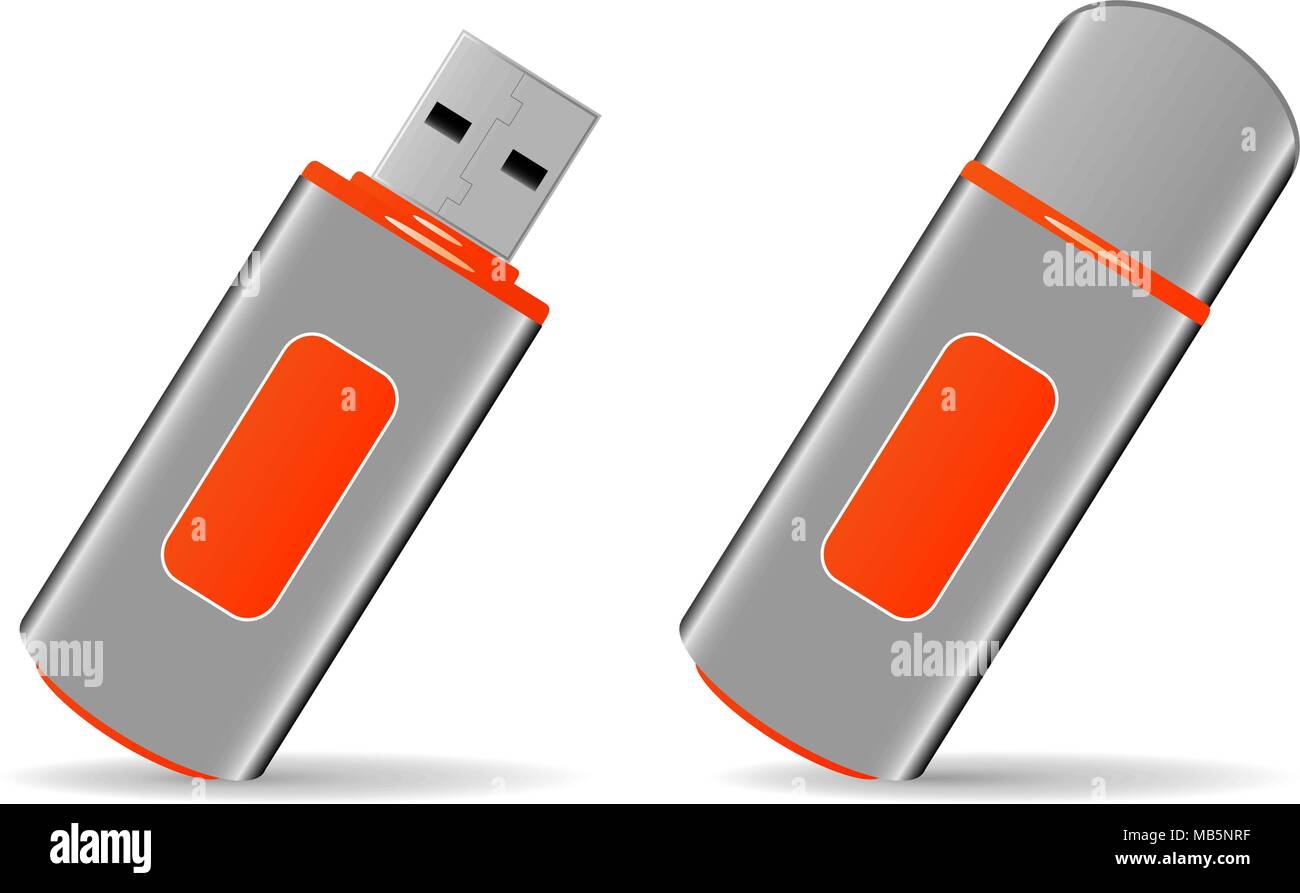Portable flashes, those handy little speedlights that add a powerful punch to your photography, are amazing tools. But like any piece of equipment, they can sometimes throw you a curveball. From refusing to fire to exhibiting erratic behavior, troubleshooting these issues can be frustrating. This guide aims to walk you through common portable flash problems, offering solutions and helping you get back to shooting in no time.
Understanding Your Flash: A Quick Overview

Before we dive into troubleshooting, it’s helpful to understand the basics of your portable flash. Different brands (like Canon, Nikon, Godox, Yongnuo, etc.) and models might have slightly varying interfaces and features, but the core components remain similar. Generally, you’ll find controls for:
- Power Output: This adjusts the flash’s intensity, often measured in guide numbers (GN) or f-stops.
- Zoom Setting: Controls the flash’s beam spread to match your lens’s focal length.
- Flash Mode: Options typically include manual, TTL (Through-the-Lens), and various other modes like multi, strobe, etc.
- Modeling Light: A low-intensity lamp that helps you preview the lighting effect before taking the shot.
- Wireless Triggering: Allows you to fire the flash remotely using a transmitter or other triggering device.
Common Portable Flash Issues and Their Solutions

Now, let’s get down to the nitty-gritty. Here are some of the most common problems encountered with portable flashes and how to tackle them:
1. Flash Won’t Fire
This is the most frustrating issue! Here’s a systematic approach to resolving it:
- Check Batteries: Low or dead batteries are the #1 culprit. Replace them with fresh ones.
- Battery Contacts: Inspect the battery compartment for corrosion or dirt. Clean the contacts with a cotton swab and isopropyl alcohol.
- Power Switch: Ensure the flash is turned on. Seems obvious, but it’s easy to overlook!
- Flash Mode Setting: Make sure you haven’t accidentally set the flash to a mode that prevents firing (like standby mode).
- Connection to Camera: If using a hot shoe connection, ensure it’s firmly seated and free of obstructions.
- Wireless Trigger Issues: If using wireless triggering, check the transmitter’s batteries, pairing, and channel settings.
- Fuse (if applicable): Some flashes have internal fuses. If you suspect a blown fuse, you’ll need to consult your manual or a repair technician.
2. Inconsistent Flash Output
Sometimes your flash might fire, but the output is unpredictable. This could be caused by:
- Low Batteries: Again, low batteries can lead to inconsistent performance. Try fresh batteries.
- Overheating: Rapid firing can overheat your flash. Let it cool down before continuing to shoot. Most flashes have a built-in overheat protection mechanism that will temporarily disable the flash.
- Faulty Capacitor: In rare cases, a failing capacitor might cause erratic flash output. This requires professional repair.
- Firmware Issues: If your flash has firmware updates available, updating it could potentially resolve inconsistencies.
3. Flash Recycling Time is Too Long
The recycling time is the time it takes for the flash to recharge after firing. A long recycling time suggests:
- Low Batteries: Fresh batteries significantly reduce recycling time.
- High Power Output: Reduce the power setting (GN or f-stop) to shorten recycling time.
- Overheating: Allow the flash to cool down.
- Internal Problems: If the recycling time remains excessively long even with fresh batteries and a low power setting, it could be a more serious internal issue requiring professional repair.
4. Flash Doesn’t Communicate with Camera
If your flash isn’t working correctly with your camera’s TTL system, try these steps:
- Check Camera Settings: Ensure your camera is set to use external flash and that the correct flash mode (TTL, Manual, etc.) is selected.
- Clean Contacts: Clean the hot shoe contacts on both the camera and the flash.
- Firmware Compatibility: Check for firmware updates on both your camera and flash to ensure compatibility.
- Try Different Flash Modes: If TTL isn’t working, try manual mode as a test.
5. Modeling Light Doesn’t Work
If your flash’s modeling light fails to illuminate:
- Check the Modeling Light Setting: Make sure it’s enabled on your flash.
- Check Batteries: Low batteries can sometimes affect the modeling light.
- Bulb Failure: In some cases, the modeling light bulb itself might have burned out. This will require replacement, often involving a service repair.
Prevention and Maintenance

Regular maintenance can prevent many problems. Here are some tips:
- Use Fresh Batteries: Always use high-quality, fresh batteries.
- Avoid Overheating: Give your flash time to cool down between bursts of rapid firing.
- Clean Contacts Regularly: Clean the hot shoe and battery contacts periodically to maintain good electrical contact.
- Store Properly: Store your flash in a dry, cool place, away from extreme temperatures and direct sunlight.
- Consult Your Manual: Regularly review your flash’s manual for troubleshooting and maintenance tips specific to your model.
Troubleshooting your portable flash can seem daunting, but a systematic approach can often resolve the issue. By following these steps and employing a bit of patience, you’ll be back to capturing stunning images with your speedlight in no time.


